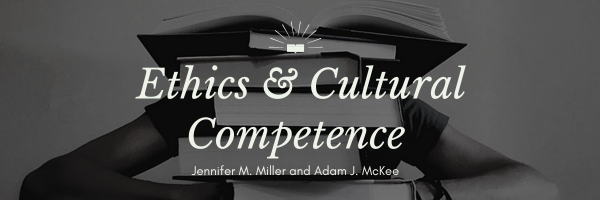Dive into understanding how to make good choices when faced with tough situations in the criminal justice field. This section helps you understand the right ways to make decisions that are fair and just.
Section 2.1: Overview of Ethical Decisions
We start by looking at what it means to make an ethical decision. Here, you’ll learn about the basic ideas and values that should guide your choices in criminal justice. Knowing these basics is key to getting ready for the deeper topics we’ll cover next.
Section 2.2: Bias and Reasoning in Decisions
Next, we discuss how personal biases and the way we think can affect our decisions. It’s important to recognize our own biases to make fair decisions. We’ll explore how to spot these biases and use clear reasoning to make better choices.
Section 2.3: Analyzing Ethical Dilemmas
Sometimes, it’s hard to know what’s right or wrong. This part helps you examine these tricky situations, called ethical dilemmas, and figure out how to handle them. We’ll use examples to show how to break down these dilemmas and decide on the best action.
Section 2.4: Tools for Ethical Decision-Making
Here, you’ll learn about tools and techniques that can help you make good decisions. These tools will guide you to think through problems step by step and choose actions that are ethical and effective.
Section 2.5: Case Studies in Ethical Decisions
Finally, we’ll look at real-life cases to see how all of this works in the real world. These case studies show how the tools and ideas we’ve discussed are used in actual situations, helping you see how to apply them in your own career.
Each section comes with resources to help you understand these concepts better and encourage you to think deeply about making ethical decisions. As you move through this section, consider how what you learn here can help you grow as a professional in the criminal justice system.
Modification History File Created: 05/06/2024 Last Modified: 05/06/2024
You are welcome to print a copy of pages from this Open Educational Resource (OER) book for your personal use. Please note that mass distribution, commercial use, or the creation of altered versions of the content for distribution are strictly prohibited. This permission is intended to support your individual learning needs while maintaining the integrity of the material.
This work is licensed under an Open Educational Resource-Quality Master Source (OER-QMS) License.
